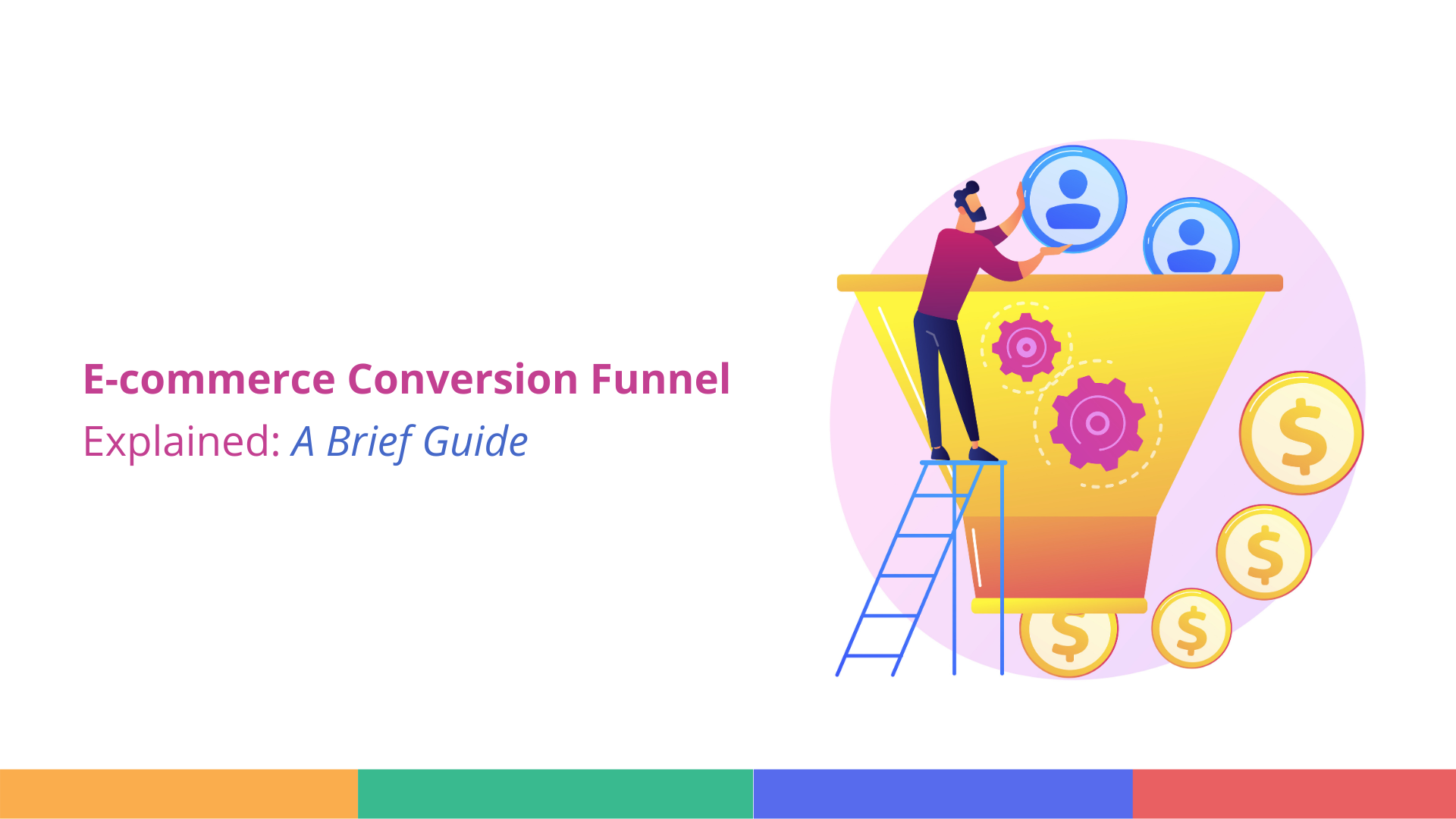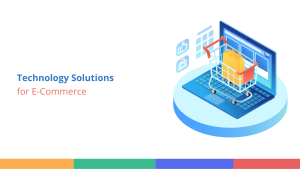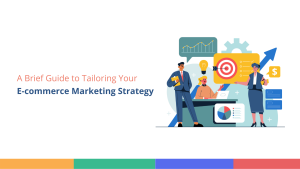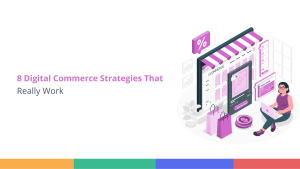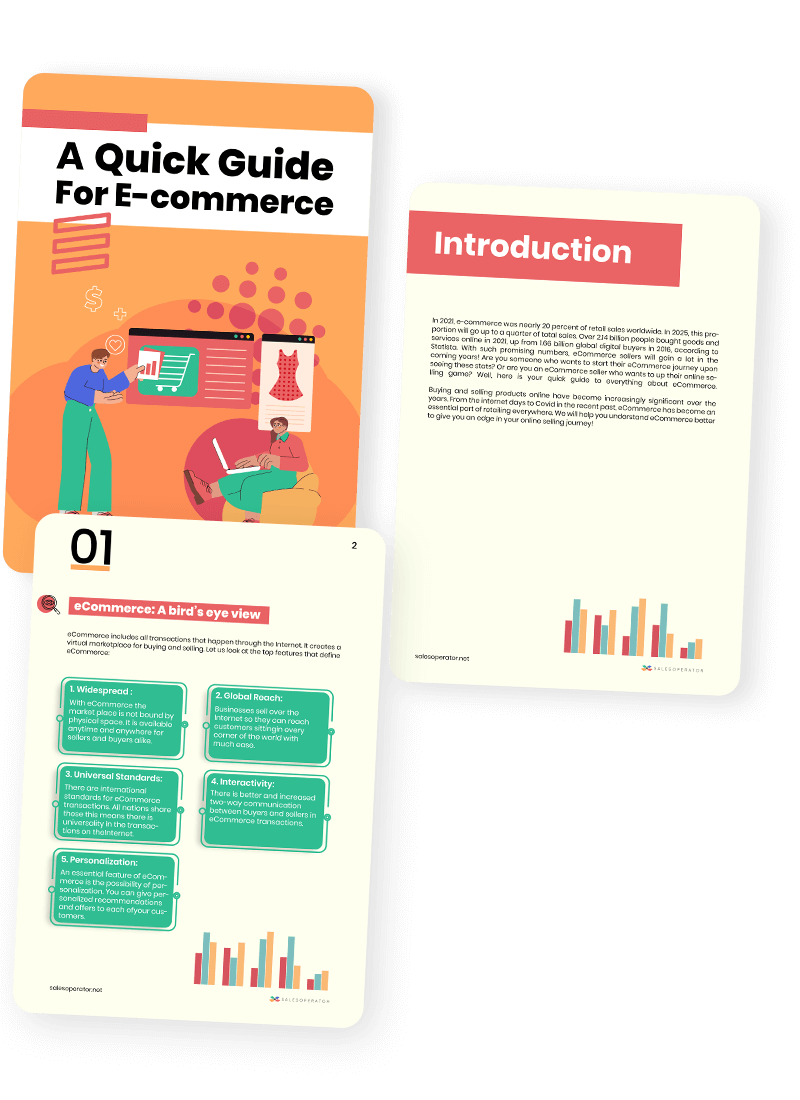If a business doesn’t understand how to get people to buy things on their website, it will go down. It’s even more critical for an e-commerce website. That’s where the e-commerce conversion funnel comes into play.
In this post, we will discuss the e-commerce funnel and explain how you can use it in your business.
What is an E-commerce Funnel?
Put simply, it’s a framework that maps the buyers’ journey.
From the moment they hear of your website till the checkout process.
Different Parts of E-commerce Conversion Funnels
You can think of it like a waterslide at a waterpark. There is a big entrance at the top, a winding middle section that excites your potential customers, and a big splash at the bottom.
At the top of the funnel, you have the “awareness” stage. This is where you’re trying to get people interested in your brand and attract them to your website. It’s like trying to get people to come to your party. You want to make it sound fun and exciting so people want to show up. You’ve got the “interest” and “decision” stages in the middle of the funnel. This is where you’re trying to convince people to make a purchase.
Once you’ve successfully guided your users to the middle of the funnel, it’s essential to focus on retaining them and encouraging them to make a purchase. There are a few strategies that can help you achieve this.
The core idea of an e-commerce funnel is to create a process that guides people through the different stages of the buying process in a way that persuades them to buy. It presents a clear path for buyers to buy products from your website. Using a well-designed sales funnel to reach new customers and drive traffic to your website is very beneficial. It helps to increase brand awareness and increases people’s chances of purchasing, resulting in higher revenue and more sales.
Optimizing E-commerce Funnel
To make an impression, it’s crucial to have a smooth-running, optimized website that can effectively engage users on desktop and mobile devices. Ensure that users can easily navigate through your website and access all the necessary information. Also, ensure your website has high-quality images and appealing visuals that capture users’ attention. This is critical for the top-of-the-funnel buyers.
Engaging with middle-of-the-funnel (MOFU) buyers in e-commerce requires a focus on nurturing leads rather than closing a sale immediately. Effective strategies include personalized email campaigns, remarketing ads, educational content, social media engagement, and customized product recommendations. Your goal should be to provide them with valuable information and personalized experiences that help move leads closer to a purchase decision. E-commerce brands can build relationships with MOFU buyers and ultimately convert them into customers.
You can also add a live chat feature to each product page. It’s an easy way to ask questions and learn more about your products, ultimately leading to a higher chance of making a sale.
Finally, you have a warm customer. They are ready for the purchase. It’s the action stage. This is where people purchase on your website. It’s like the big splash at the end of the waterslide – you want to make it as smooth and exciting as possible so people feel good about their purchase and want to return for more.
Providing deals, discounts, or free shipping can be a great way to entice such potential customers and increase their likelihood of purchasing. Additionally, you can leverage upselling or cross-selling techniques to encourage customers to add more items to their cart while they’re already in the buying mindset.
A successful e-commerce conversion funnel will be able to convert visitors into paying customers by providing an intuitive and engaging user experience. The funnel offers a clear roadmap to guide the user from the initial contact with the brand to the final purchase while optimizing every touchpoint. Additionally, easy-to-track metrics are necessary to evaluate the funnel’s performance and identify improvement areas.
Conclusion
You can use the insights from the e-commerce funnel to connect with your target audience effectively. You need a way to track key performance indicators and monitor the customer journey.
Using the data collected throughout the customer journey, you can effectively connect with your target audience.
Leads and conversions are crucial to your business. The better you can manage this step, the more your business flourishes.
